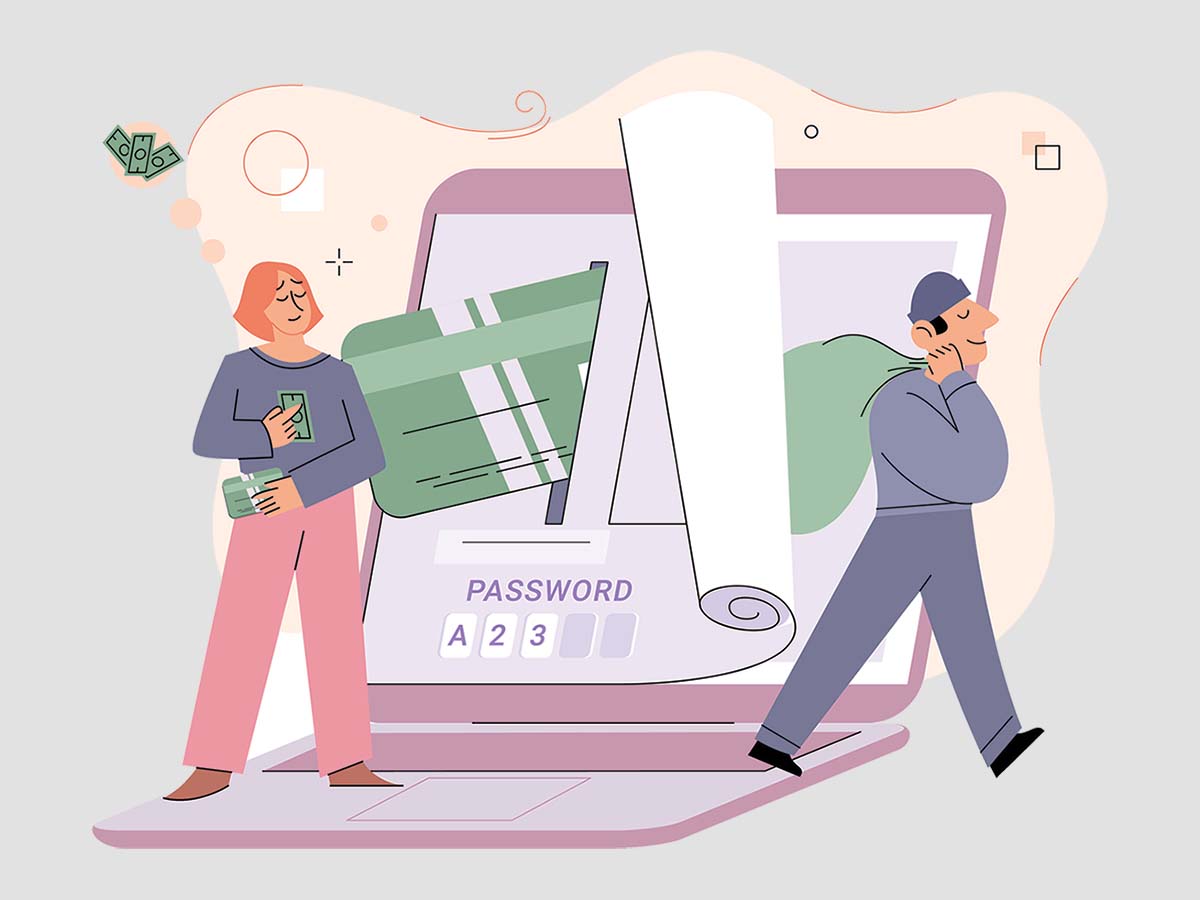Cross-Site Scripting, or XSS, poses a substantial risk to any web application. It’s a type of security vulnerability that allows hackers to inject malicious scripts into web pages viewed by other users.
These attacks can manipulate or steal sensitive data, create website spoofs, or hijack user sessions.

Stay One Step Ahead of Cyber Threats
In the realm of Cross-Site Scripting (XSS), there are three primary types of attacks, each with its unique method of exploitation:
Stored XSS Attacks
Also known as persistent XSS, these attacks involve a malicious script being permanently stored on the target server. The location could be a database, a comment field, a message forum, or any other location where data can be stored on the server.
When a user accesses the affected webpage or feature, the malicious script is served along with the legitimate website content and then runs in the user’s browser.
As this attack type allows the malicious script to be stored and served directly from the server, it can affect any user accessing the infected page, making it particularly dangerous.
Reflected XSS Attacks
This type of XSS attack is called “reflected” because the malicious script is embedded within a URL and is executed when the user accesses this URL.
The attacker usually disguises the URL to appear legitimate and may use phishing methods to distribute it. The script is triggered once the user clicks the URL, reflecting off the web server and executing in the user’s browser.
As such, this type of attack typically targets individual users and requires some form of user interaction (e.g., clicking a link).
DOM-Based XSS Attacks
The Document Object Model (DOM) is the application programming interface (API) for HTML and XML documents and represents the structure of a webpage.
In a DOM-based XSS attack, the attacker manipulates the DOM of the webpage to change the execution path of JavaScript on the page. Rather than injecting a payload that is stored or reflected, the malicious script modifies the webpage’s structure, causing the user’s browser to execute the script as it builds its structure from the DOM.
This can happen when a website uses user input to dynamically modify the page’s structure without properly sanitizing the input first.
Each type of XSS attack offers different challenges for prevention and detection, emphasizing the importance of comprehensive security measures in web applications.
Security Measures Against XSS Attacks
Prevention is the best cure, and this couldn’t be truer in the case of XSS.
Secure coding practices are your first line of defense. This involves sanitizing all user input to ensure no harmful scripts sneak into your application.
Utilizing a Content Security Policy (CSP) can also help limit the domains a browser considers valid sources of executable scripts, preventing any unauthorized scripts from running.
Employing XSS Detection Tools
Reliable detection tools are paramount to safeguard your website against XSS vulnerabilities.
For instance, tools like the OWASP ZAP and Burp Suite offer automated scanning features and manual testing utilities to help identify potential weaknesses.
These tools should, however, be seen as a part of a broader security strategy rather than a standalone solution.
Case Studies: Real-world XSS Attacks
Historical XSS attacks, such as those on Yahoo and British Airways, serve as potent reminders of the serious harm that XSS attacks can cause.
- Yahoo XSS Attack: In 2013, Yahoo was hit with a large-scale stored XSS attack that caused significant financial and reputational loss. Hackers exploited a security vulnerability, leading to unauthorized access to user accounts. The breach resulted in Yahoo investing heavily in damage control and security enhancements, along with a potential loss in revenue due to a decline in user trust and engagement.
- British Airways XSS Attack: British Airways fell victim to a devastating XSS attack in 2018, leading to a substantial financial blow. The breach affected around 380,000 transactions, leading to a hefty £183 million fine by the UK’s data protection authority under GDPR rules. Alongside the immediate financial penalty, the damage to their reputation and customer trust likely led to further indirect financial losses.
From stealing user credentials to diverting traffic to fraudulent sites, these incidents emphasize the importance of comprehensive website security, regardless of the organization’s size.
Role of Cookies in XSS Attacks
Cookies are often primary targets in XSS attacks due to the user session data they hold. Attackers can steal cookies to hijack user sessions and gain unauthorized access to accounts, leading to unauthorized actions and potential data breaches.
Protecting cookies with attributes like HttpOnly and Secure can limit access to them and ensure they’re sent only with encrypted requests.
The Impact of XSS Attacks on SEO
XSS attacks can significantly damage your SEO efforts and digital marketing initiatives.
Alterations in website content or redirects can lead to penalties or complete de-indexing by search engines.
Moreover, the damaged trust can reduce user engagement and conversions, directly affecting your online marketing efforts.
XSS Attacks and Data Protection Regulations
In today’s privacy-focused world, XSS attacks can have serious legal implications.
Regulations like GDPR and CCPA necessitate strict data protection measures.
Breaches due to XSS attacks can lead to non-compliance, resulting in severe fines and potential lawsuits.
Therefore, protecting against XSS attacks should be a crucial part of your strategy to meet data protection regulations.
Conclusion
Cross-Site Scripting (XSS) attacks remain one of the most pervasive and impactful threats in the digital realm.
As the landscape of these attacks continually evolves, it is incumbent on all businesses operating online to stay vigilant and proactive in their cybersecurity measures.
By safeguarding against these threats, businesses can continue to thrive in this digital age, bolster user trust, and safeguard their hard-earned reputation.
Cross-Site Scripting (XSS) Explained and Demonstrated (Video)
"Amateurs hack systems, professionals hack people."
-- Bruce Schneier, a renown computer security professional






